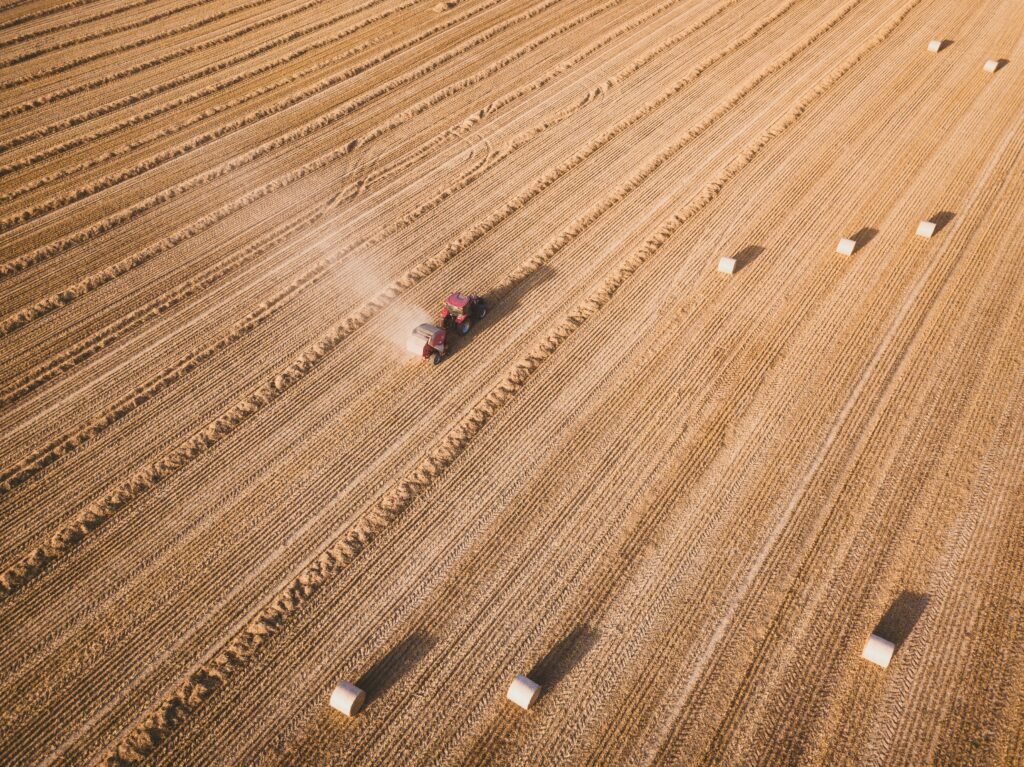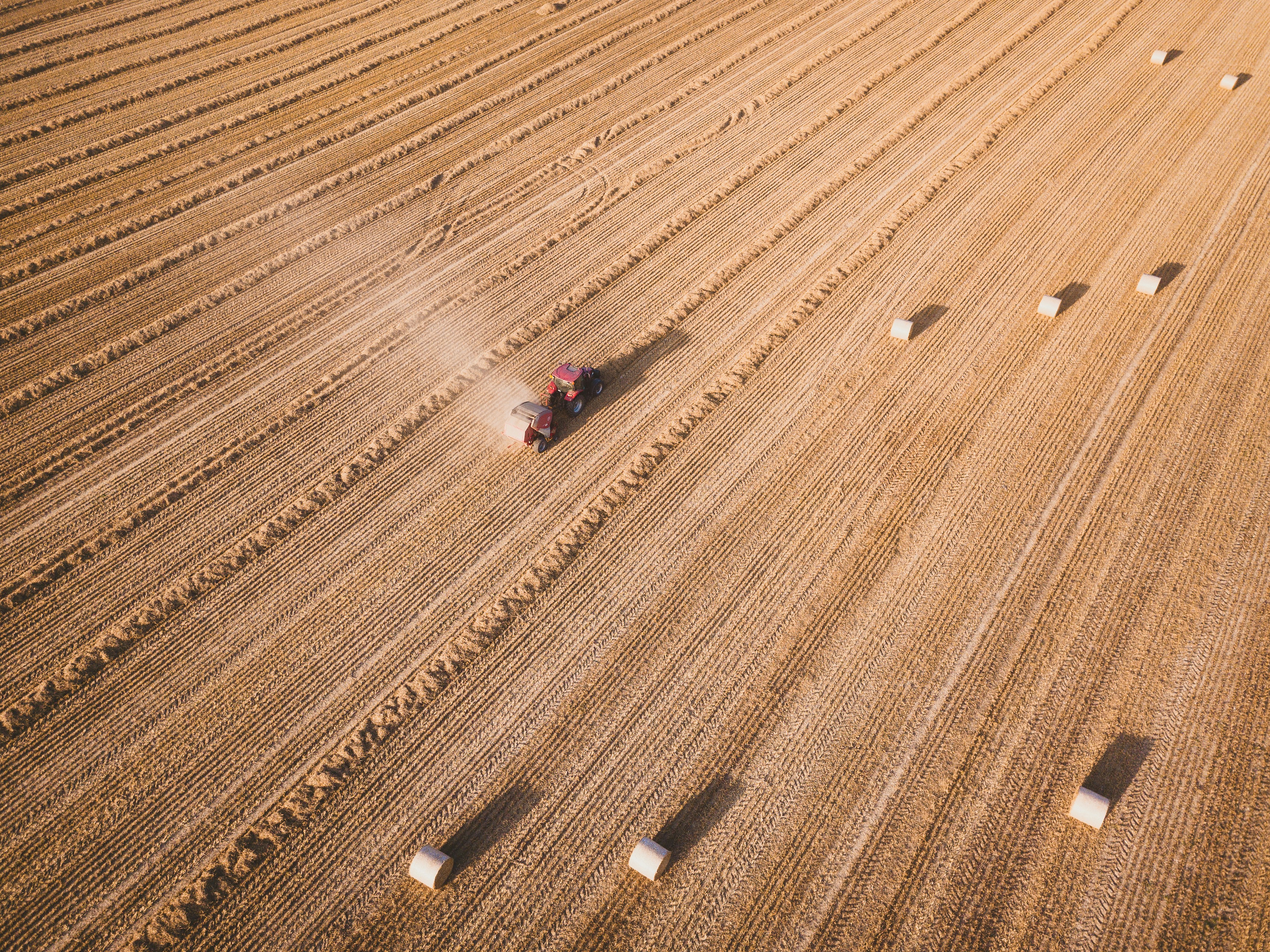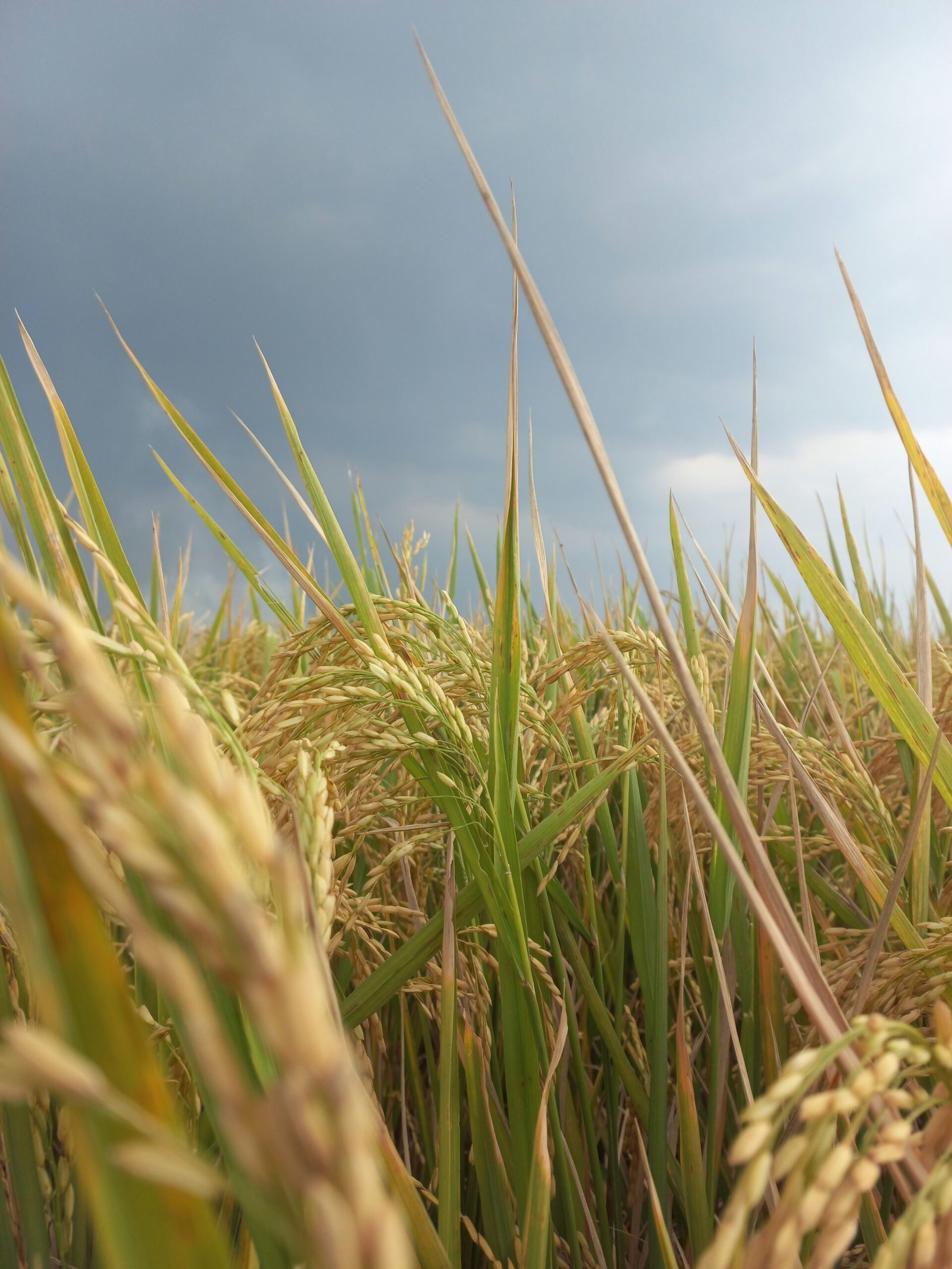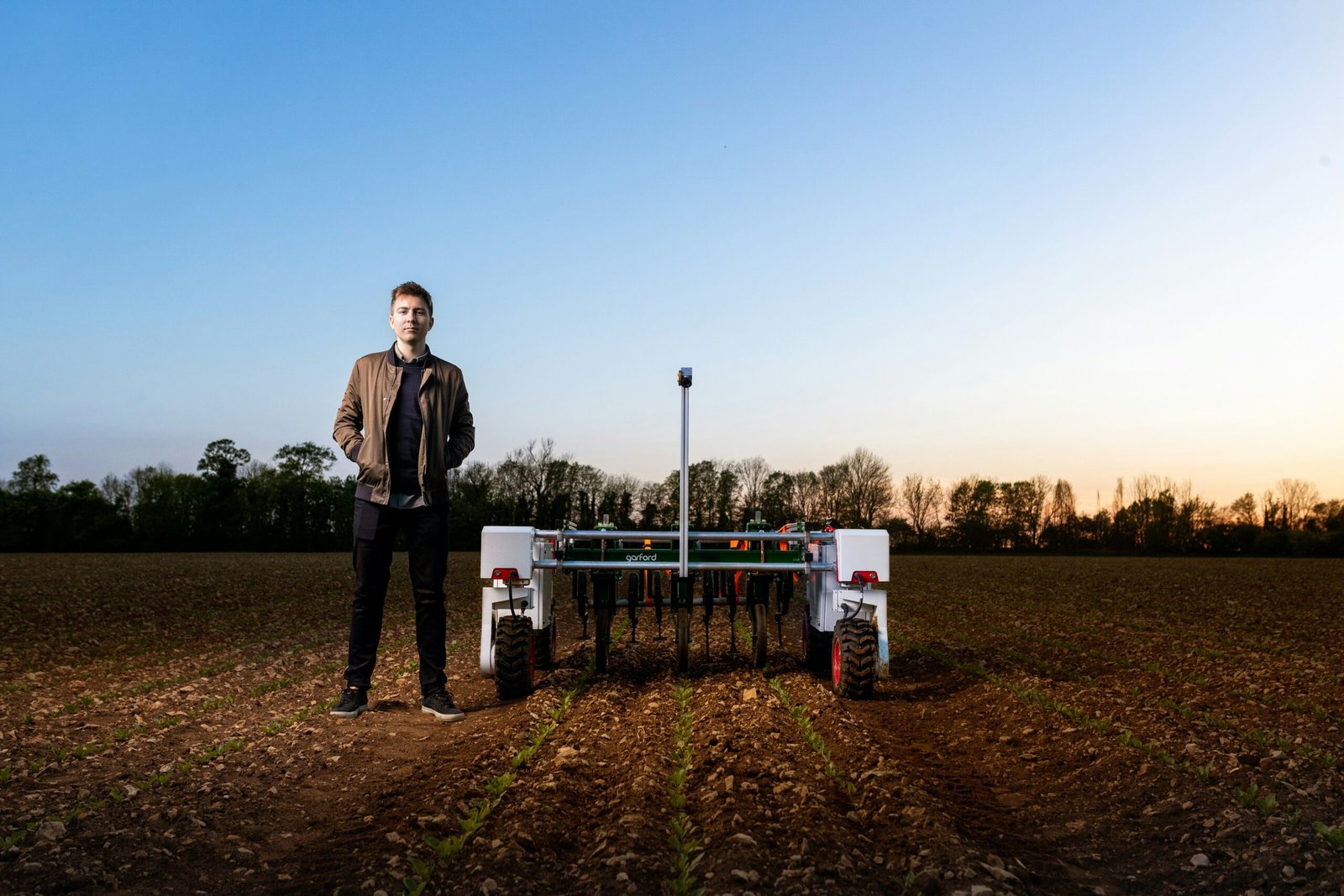
Understanding Precision Agriculture
Precision agriculture, often referred to as smart farming, is an innovative approach that employs a range of technologies to optimize crop yields and enhance sustainability. This method is fundamentally rooted in data-driven decision-making, enabling farmers to monitor various parameters that affect agricultural productivity. By leveraging data analytics, farmers can make informed choices that lead to improved efficiency and greater profitability.
The key components that constitute precision agriculture include advanced technologies such as Global Positioning System (GPS) technology, Geographic Information Systems (GIS), and Internet of Things (IoT) devices. GPS technology allows farmers to pinpoint specific locations in their fields and apply inputs such as fertilizers and pesticides more accurately. This not only conserves resources but also reduces environmental impact, making farming practices more sustainable.
Data analytics plays a crucial role within precision agriculture. By analyzing data collected through various sensors and imagery, farmers can gain insights into soil conditions, moisture levels, and crop health. This information is vital for making timely decisions about planting, irrigation, and harvesting, ultimately leading to optimal crop management. Additionally, IoT devices facilitate real-time monitoring of field conditions, enabling proactive adjustments to farming techniques.
The evolution of precision agriculture has transformed modern farming practices. Initially, traditional methods relied heavily on historical data and broad estimations, often resulting in inefficient resource use. However, with advancements in technology, precision agriculture has emerged as a solution that enhances productivity while minimizing waste. It is significant for contemporary agriculture as it aligns with the growing demand for food production in a sustainable manner, thereby addressing food security challenges.
Technological Innovations in Precision Agriculture
Precision agriculture is experiencing rapid transformation through a variety of technological innovations that help farmers optimize crop yields. One of the most significant advancements in this field is the utilization of drones. Drones equipped with high-resolution cameras and sensors can capture aerial imagery of agricultural fields. This enables farmers to monitor crop health, assess plant growth, and identify areas that may require additional attention. The use of drones not only streamlines data collection but also reduces the labor-intensive process typically associated with ground inspections.
Another cornerstone of precision agriculture is remote sensing technology. This involves the collection of data from satellite or aerial imagery to analyze various variables in farming environments. Remote sensing helps in understanding soil characteristics, moisture levels, and vegetation indices, thus aiding in the development of tailored agronomic practices. By leveraging this technology, farmers can make informed decisions about irrigation, fertilization, and pest management, all of which contribute to enhanced efficiency and sustainability in crop production.
Soil sensors also play a pivotal role in precision agriculture. These devices collect real-time data on soil moisture, temperature, and nutrient levels. By understanding the in-situ conditions of their fields, farmers can apply inputs more effectively, reducing waste and maximizing yields. With soil sensors, farmers can implement precision irrigation systems that deliver water based on actual soil moisture levels rather than on a preset schedule, significantly improving water conservation efforts.
Lastly, crop modeling software is becoming increasingly integral to precision agriculture. This software uses historical data and real-time inputs to simulate various scenarios, predicting how crops will respond to different management strategies. By enabling better decision-making, such tools allow for more effective planning and risk management in crop production.
However, these technologies are not without challenges. The initial investment costs, the need for technical knowledge, and varying levels of access to required infrastructure can hinder widespread adoption. Despite these limitations, the potential benefits of adopting these innovations signify a crucial step forward in precision agriculture.
Implementing Precision Agriculture Techniques
The transition from traditional farming methods to precision agriculture involves several key steps that can enhance crop yields through the effective use of technology and data. One of the first steps is conducting comprehensive soil analysis. By understanding soil composition and health, farmers can tailor their practices to suit the specific needs of their land. Soil tests reveal essential information regarding nutrient levels, pH balance, and microbial activity, ensuring that any amendments made are both necessary and effective.
Following soil analysis, data collection becomes paramount. Utilizing tools such as GPS mapping and drones allows farmers to gather real-time data on crop health, moisture levels, and pest presence across their fields. This information can be applied in decision-making processes, leading to optimized inputs like fertilizers and water. For instance, variable rate technology (VRT) enables farmers to apply these inputs more precisely, which not only conserves resources but also maximizes crop performance.
Monitoring crops continuously is another essential component of precision agriculture. By employing sensors and satellite imagery, farmers can track crop development and identify potential problems early. These proactive measures help mitigate risks and contribute to higher yields. Successful case studies abound, demonstrating that farms employing these precision techniques often see a significant return on investment. For example, a case in Illinois highlighted how specific use of precision application in corn farming resulted in a 20% yield increase.
To fully harness the potential of precision agriculture, adequate training and education are critical. Farmers must be equipped with the knowledge necessary to utilize precision tools effectively, interpret data, and implement findings on their farms. Workshops, online courses, and peer learning opportunities can be invaluable in building this expertise, ultimately driving success in the modern agricultural landscape.
The Future of Precision Agriculture and Sustainability
As we move further into the twenty-first century, precision agriculture stands at the forefront of sustainable farming practices. This innovative approach utilizes advanced technologies to monitor and manage field variability in crops, ultimately enhancing efficiency, productivity, and environmental sustainability. The integration of artificial intelligence (AI) and machine learning into precision techniques is emerging as a significant trend, facilitating proactive decision-making based on real-time data analysis rather than traditional historical benchmarks. By analyzing satellite imagery, weather patterns, and soil data, farmers can optimize their resource usage, leading to a more sustainable farming future.
Ongoing research continues to explore the intersection of precision agriculture and sustainability, with a focus on methods that minimize waste and reduce chemical usage. For instance, the application of targeted nutrient delivery systems allows farmers to apply fertilizers and pesticides only where necessary. This precision not only guards against environmental contamination but also decreases input costs, further encouraging responsible agricultural practices. Moreover, the ability to employ sophisticated crop monitoring tools enables farmers to detect disease and pest issues at early stages, thereby reducing the need for extensive chemical interventions.
Climate change poses significant challenges to food security, but precision agriculture offers viable solutions to mitigate such risks. By leveraging data-driven insights, farmers can adapt to adverse weather conditions, ensuring resilience in food production. Additionally, the environmental benefits of sustainable practices, including reduced greenhouse gas emissions and conservation of water resources, align closely with global sustainability goals.
Policy and support systems play a crucial role in promoting the adoption of precision agriculture. By providing funding, technical assistance, and training programs for farmers, governments and agricultural organizations can facilitate the transition to these innovative practices. Ultimately, precision agriculture not only holds the promise of increasing crop yields but also plays a pivotal role in ensuring that agriculture remains sustainable in the face of evolving environmental challenges.










